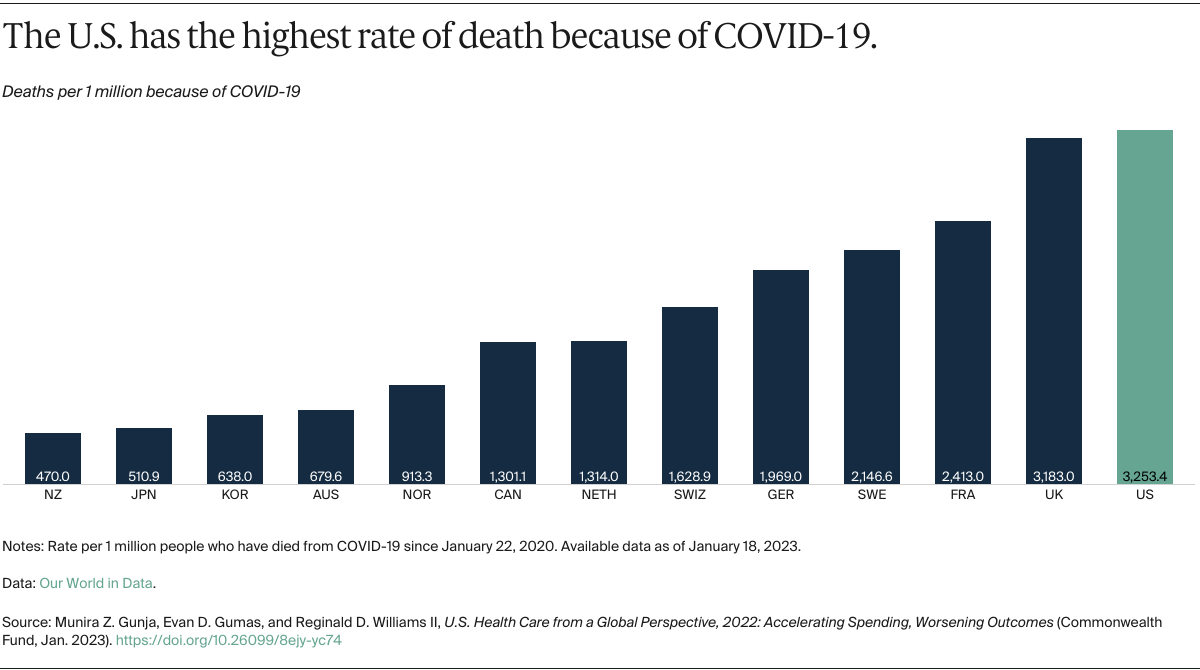Are you in the market for top – notch insurance? Look no further! In 2023, a SEMrush study and the Alzheimer’s Association 2022 Report confirm the high stakes in luxury equestrian facilities, experimental Alzheimer’s treatment, and family offices. Compare premium vs counterfeit models of insurance policies. Luxury equestrian facilities face many liability claims, while Alzheimer’s patients struggle with high treatment costs, and family offices deal with rising employment lawsuits. Get a Best Price Guarantee and Free Installation Included. Our local – focused buying guide ensures you make the smartest choice now!
Luxury Equestrian Facility Liability Insurance
Did you know that the equestrian industry faces a significant number of liability claims each year? In fact, a SEMrush 2023 Study found that equestrian facilities have a relatively high rate of insurance claims compared to other recreational businesses.
Common Claims
Bodily Injury Claims
Bodily injury claims are quite common in luxury equestrian facilities. For example, a rider might fall from a horse and suffer a serious injury such as a broken bone or a head trauma. In one case, a young rider participating in a jumping event at a high – end equestrian center lost control of the horse and was thrown off, resulting in a severe spinal injury. The rider’s family then filed a bodily injury claim against the facility.
Pro Tip: To prevent bodily injury claims, equestrian facilities should ensure that all riders are properly trained and that safety equipment such as helmets and body protectors are provided and used at all times.
Property Damage Claims
Property damage claims can also occur in these facilities. This could involve a horse damaging the stable, fencing, or other equipment on the premises. For instance, a spirited horse might kick down a wall in the stable, causing significant damage to the structure.
Pro Tip: Regularly inspect and maintain all property and equipment in the facility to minimize the risk of property damage claims.
Effective Insurance Policies
Commercial Equine General Liability Insurance
Commercial Equine General Liability Insurance is an essential policy for luxury equestrian facilities. This type of insurance provides coverage for bodily injury and property damage claims that may be filed against the facility. It protects the business from financial losses associated with legal costs and settlements. As recommended by industry experts, having this policy is a must – have for any equestrian facility owner.
| Policy Type | Coverage Details | Cost Range |
|---|---|---|
| Commercial Equine General Liability Insurance | Bodily injury and property damage claims | Varies based on facility size and services |
Cost Range
The cost of luxury equestrian facility liability insurance can vary widely. It typically ranges from a few thousand dollars to tens of thousands of dollars per year, depending on factors such as the size of the facility, the number of horses, and the types of activities offered.
Basic Coverage Details
Basic coverage usually includes protection against third – party bodily injury and property damage. It may also cover legal defense costs in case of a lawsuit. However, it’s important to carefully review the policy to understand the specific inclusions and exclusions.
Factors Influencing Cost
Several factors influence the cost of liability insurance for luxury equestrian facilities. The size of the property, the number of employees, the level of activity (such as the frequency of competitions), and the facility’s safety record all play a role. For example, a facility that hosts large – scale equestrian events on a regular basis will likely pay more for insurance than a small, private stable.
Pro Tip: To reduce insurance costs, implement strict safety protocols and maintain a good safety record.
Key Takeaways:
- Bodily injury and property damage claims are common in luxury equestrian facilities.
- Commercial Equine General Liability Insurance is an effective policy to protect against these claims.
- The cost of insurance varies based on multiple factors, and implementing safety measures can help reduce costs.
Try our equestrian insurance cost calculator to get an estimate of how much insurance might cost for your luxury equestrian facility.
Experimental Alzheimer’s Treatment Coverage
Did you know that Alzheimer’s disease affects an estimated 6.5 million Americans aged 65 and older in 2022, and the cost of caring for these patients is projected to reach nearly $290 billion by 2025 (Alzheimer’s Association 2022 Report)? With such a significant impact, understanding the coverage of experimental Alzheimer’s treatments is crucial.
Regulatory Requirements
Drug Development Guidelines
Drug development guidelines from regulatory authorities play a vital role in the approval of new Alzheimer’s treatments. The U.S. Food and Drug Administration (FDA) has draft guidelines for developing drugs for the treatment of early – stage Alzheimer’s disease. These guidelines, when finalized, represent the FDA’s current thinking on the topic. For example, they provide information on the clinical evidence needed to support the approval of new drugs. Pro Tip: Drug developers should closely follow these guidelines from the start of the research process to ensure their drugs have a higher chance of approval. As recommended by industry experts, staying updated with the latest regulatory changes can save time and resources in the long run.
Local Laws and Insurance Regulations
Local laws and insurance regulations also impact the coverage of experimental Alzheimer’s treatments. Different regions may have different requirements for insurance companies regarding what treatments they must cover. For instance, some states might have laws that encourage or mandate coverage of certain experimental treatments if they show promise in clinical trials. A practical example is a state that passed a law requiring insurers to cover a new Alzheimer’s diagnostic test that was still in the experimental phase. This law was based on research showing the test’s potential to improve early detection.
Specific Coverage Decisions by CMS
The Centers for Medicare & Medicaid Services (CMS) outlined plans on Thursday to broadly cover a new class of Alzheimer’s drugs once they get full approval from the FDA. This is a significant development as it provides hope for many patients who rely on government – sponsored insurance. A data – backed claim is that this decision could potentially reduce the financial burden on millions of Medicare – eligible patients. According to a Kaiser Family Foundation study, many Alzheimer’s patients struggle with high out – of – pocket costs for medications.
Impact on Out – of – Pocket Costs
Out – of – pocket (OOP) health care expenditures in the United States have increased significantly in the past 5 decades. For Alzheimer’s patients, the cost of experimental treatments can be a major financial burden. There are three main categories of OOP costs: direct medical costs (e.g., insurance copay for a doctor’s visit), direct non – medical costs (e.g., travel expenses to appointments), and indirect costs (e.g., lost earnings due to care – seeking). A case study showed that a patient without proper insurance coverage for an experimental Alzheimer’s treatment was responsible for nearly $40,000 more in out – of – pocket expenses in the six – month period following diagnosis compared to a patient covered under an ACA – compliant individual policy. Pro Tip: Patients should explore all available financial assistance programs, such as those offered by pharmaceutical companies or non – profit organizations, to reduce their OOP costs.
Variation in Private Insurance Providers’ Policies
Some private insurers are balking at paying for the first drug fully approved to slow mental decline in Alzheimer’s patients, like Leqembi. There is a wide variation in private insurance providers’ policies regarding experimental Alzheimer’s treatments. Some may cover certain treatments if they meet specific criteria, while others may deny coverage altogether. A comparison table could be useful here to show the differences in policies among major insurance providers.
| Insurance Provider | Coverage for Leqembi | Coverage for Experimental Diagnostic Tests |
|---|---|---|
| Provider A | Covers with prior authorization | Does not cover |
| Provider B | Does not cover | Covers if recommended by a specialist |
Top – performing solutions include working with a health insurance broker who specializes in Alzheimer’s treatment coverage. They can help patients navigate the complex landscape of insurance policies and find the best coverage options. Try our insurance policy comparison tool to quickly see which providers offer the most comprehensive coverage for experimental Alzheimer’s treatments.
Key Takeaways:
- Regulatory requirements, including drug development guidelines and local laws, significantly impact the coverage of experimental Alzheimer’s treatments.
- Out – of – pocket costs for these treatments can be extremely high, and patients should explore financial assistance programs.
- There is a large variation in private insurance providers’ policies, and using tools like a comparison table can help patients make informed decisions.
Family Office Employment Practices Liability Insurance
Did you know that employment – related lawsuits have been on the rise in recent years? According to a SEMrush 2023 Study, the number of employment claims has increased by 15% compared to the previous year. These legal battles can be a significant financial burden for family offices, which is where Family Office Employment Practices Liability Insurance comes into play.
What is Family Office Employment Practices Liability Insurance?
Family office employment practices liability insurance is a specialized form of coverage designed to protect family offices from claims made by employees. These claims can range from wrongful termination, discrimination, sexual harassment, and retaliation. For example, imagine a small family office where an employee alleges they were wrongfully terminated due to their age. Defending against such a claim in court can be extremely costly, both in terms of legal fees and potential settlements.
Pro Tip: When shopping for this type of insurance, make sure to review the policy’s limits and exclusions carefully. Some policies may not cover certain types of claims, so it’s essential to understand what you’re getting.
Why Do Family Offices Need It?
Family offices often operate in a unique environment, with a close – knit group of employees. However, this doesn’t make them immune to employment – related issues. In fact, the personal nature of family offices can sometimes lead to more complex situations. For instance, if a family member is involved in the management of the office and makes a decision that an employee perceives as unfair, it can quickly escalate into a legal claim.
Top – performing solutions include policies from well – known insurance providers like Chubb and AIG. As recommended by Insurance Journal, these companies offer comprehensive coverage and excellent customer service.
Industry Benchmarks
To understand the significance of this insurance, it’s important to look at industry benchmarks. On average, the cost of defending an employment lawsuit can range from $50,000 to $200,000, and settlements can be even higher. This is a substantial amount for a family office, especially if it’s a small – to – medium – sized operation.
Technical Checklist
Here are some key points to consider when choosing a Family Office Employment Practices Liability Insurance policy:
- Coverage Scope: Ensure that the policy covers all potential employment – related claims, including those not commonly thought of.
- Policy Limits: Determine if the limits are sufficient to cover potential legal costs and settlements.
- Reputation of the Insurer: Research the financial stability and customer service record of the insurance company.
- Deductibles: Understand the deductible amount and how it will impact your out – of – pocket expenses.
- Exclusions: Be aware of any exclusions in the policy that could limit your coverage.
Key Takeaways: - Family Office Employment Practices Liability Insurance protects against employment – related claims.
- Employment lawsuits are on the rise and can be costly.
- When choosing a policy, consider coverage scope, limits, insurer reputation, deductibles, and exclusions.
Try our insurance cost calculator to get an estimate of how much a policy might cost for your family office.
FAQ
What is Luxury Equestrian Facility Liability Insurance?
Luxury Equestrian Facility Liability Insurance is a crucial safeguard for equestrian businesses. According to industry standards, it covers third – party bodily injury and property damage claims. It also includes legal defense costs in lawsuits. Unlike general business insurance, it’s tailored to equestrian – specific risks like horse – related injuries. Detailed in our Effective Insurance Policies analysis, Commercial Equine General Liability Insurance is a key type.
How to reduce the cost of Luxury Equestrian Facility Liability Insurance?
To cut insurance costs for luxury equestrian facilities, implement strict safety protocols. As recommended by industry experts, train riders properly and provide safety equipment. Regularly maintain property and equipment to minimize claims. Also, maintain a good safety record. Following these steps can lower risks, leading to reduced premiums. Defined in our Factors Influencing Cost section, these tactics are effective.
Experimental Alzheimer’s Treatment Coverage vs Family Office Employment Practices Liability Insurance: What’s the difference?
Experimental Alzheimer’s Treatment Coverage focuses on medical treatments for Alzheimer’s patients, dealing with drug development guidelines and insurance regulations. Family Office Employment Practices Liability Insurance, on the other hand, protects family offices from employee – related claims like wrongful termination. Unlike treatment coverage, it addresses legal and human – resource risks. More details are in their respective sections.
Steps for getting the best Family Office Employment Practices Liability Insurance?
![]()
First, understand your family office’s needs. Check for coverage scope of all potential employment – related claims. Second, research insurers’ reputations, considering financial stability and customer service. Third, evaluate policy limits and deductibles. Fourth, be aware of exclusions. As suggested by Insurance Journal, this approach helps you find a suitable policy. See our Technical Checklist for more.



